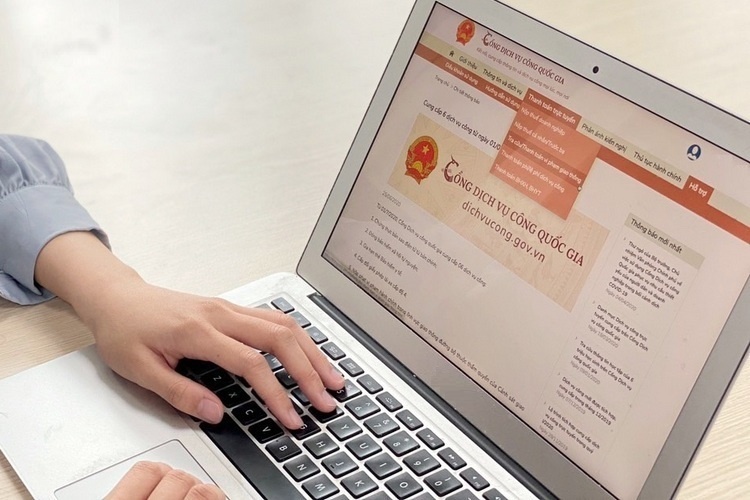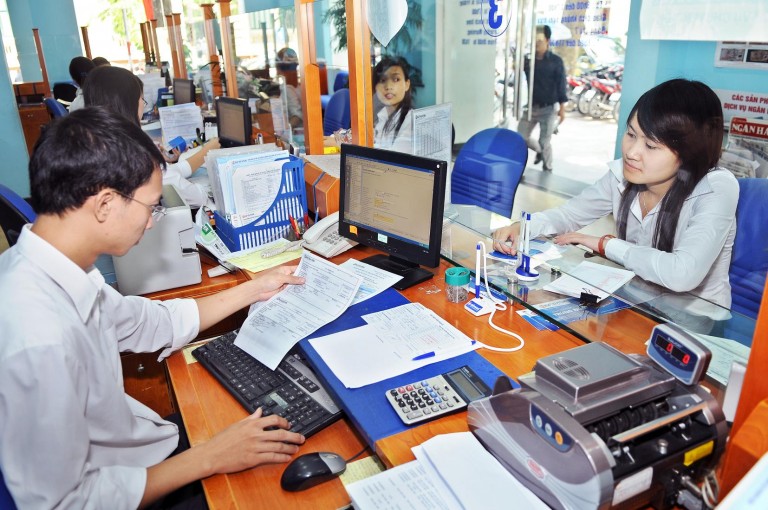Mr Phan Huu Thang, former Director of the Foreign Investment Agency (FIA) under the Ministry of Planning and Investment (MPI) tells what is needed to attract more investment in manufacturing and industry
MPI has a plan to direct FDI flows into sectors such as high technology and support industries. Can this be easily done?
FDI comes from the private capital of foreign investors and under Vietnamese law they have the right to select the sector for and location of their investment. The direction for 2010 comes from the needs of our economy and the expectation that we will have balance among industries and sectors attracting FDI. Making this happen, however, is another thing altogether.
Not just in 2010 but also in recent years we have set a target of calling for investment in science and high technology, support industries and infrastructure and human resources development, and this year we continue to do so.
The direction is the right one and if we want to change our investment structure and make investors concentrate on the fields we want them to, we must carefully promote externally and fully prepare internally. If we are found lacking in these two factors it will be very difficult to direct the flow of FDI.
How can Vietnam promote externally and prepare internally to increase investment in manufacturing and industry and the processing of agricultural products?
Through our promotional channels inside and outside of Vietnam we must find investors who truly want to invest in these sectors. We have official channels in our investment promotion system, for example the Investment Promotion Centre under MPI, investment promotion agencies in Vietnamese embassies overseas, and local investment promotion centres. We also have many other channels, like relationships among enterprises, organisations and individuals inside and outside of Vietnam. Many projects come from this channel. The issue is how we can collect complete information about these informal channels to support us in attracting expected FDI.
We have to thoroughly prepare all the conditions necessary in the country, including preparing projects carefully, implementing administrative reform to grant licences faster, supervising projects are licensing, and providing services for investment and production, to make the investors feel confident.
There is another important element that we must pay special attention to: investors already investing in Vietnam. If they have the need to bring support industries to Vietnam or wish to invest in new projects relating to their sector, we should encourage them and create the necessary conditions regarding land and administrative procedure for them to expand their investment and production quickly. Only by doing so can we increase the proportion of manufacturing and industry investment in 2010. Samsung wants to bring a supply industry to Vietnam in 2010 to expand their mobile phone production in Bac Ninh. This is good news.
If, in 2010, foreign investors still wish to invest in real estate, hotels and restaurants and their investment fulfils the legal requirements, there is no reason for us not to grant them a licence. Increasing the proportion of investment in support industries, manufacturing and other sectors will depend on our own endeavour and external factors.
How do you comment on the fact that over the last three years a lot of FDI has gone to real estate and hotel and restaurants?
After 22 years of attracting FDI, the proportion of investment in industry and manufacturing is still the highest, at over 52 per cent and totalling $88 billion in nearly 7,000 projects. This means that we have been able to maintain our long term investment direction. Over the last three years FDI to real estate ranked in second position. Total registered capital in the sectors is $40 billion, but the number of projects only represents 2.9 per cent, or some 300. Large capital sums in major projects are going to provinces such as Ba Ria Vung Tau (with one project whose registered capital is $4.4 billion), Quang Nam (with a $4.1 billion project) and Phu Yen (a $1.6 billion project). It can be seen that the spin-off effects of these project will be less than for manufacturing projects.
Should Vietnam continue to attract FDI in the real estate sector?
We should look at both the good and the bad sides. The good side is that FDI in this sector has helped us in our modernisation process. We need tidy, beautiful and clean cities and new urban areas, with convenient transport systems and environmental protection, as well as high grade resorts at international level to attract tourists and utilise Vietnam’s advantages. Therefore, we need major real estate projects.
In the real estate sector there are many sub-sectors. The most sensitive is housing, which relates to building houses and apartments for sale. We must supervise and manage this strictly, while encouraging industrial real estate and infrastructure construction.
What are the problems in the real estate sector?
We are facing management problems, not problems in granting licences. We have granted licences and now must supervise and manage as well as urge investors to implement their commitments as regards timeframes for capital contributions and the form of capital mobilisation, to ensure it is in accordance with the law. At the same time we have to be serious in granting land to foreign investors. This has been a problem until now.
Responsibility belongs to provincial authorities, because they should prepare the land for handover in keeping with project timeframes and solve any and all problems relating to land as soon as possible to avoid any waste of land resources.
LE CAM LE
Vneconomy.vn




